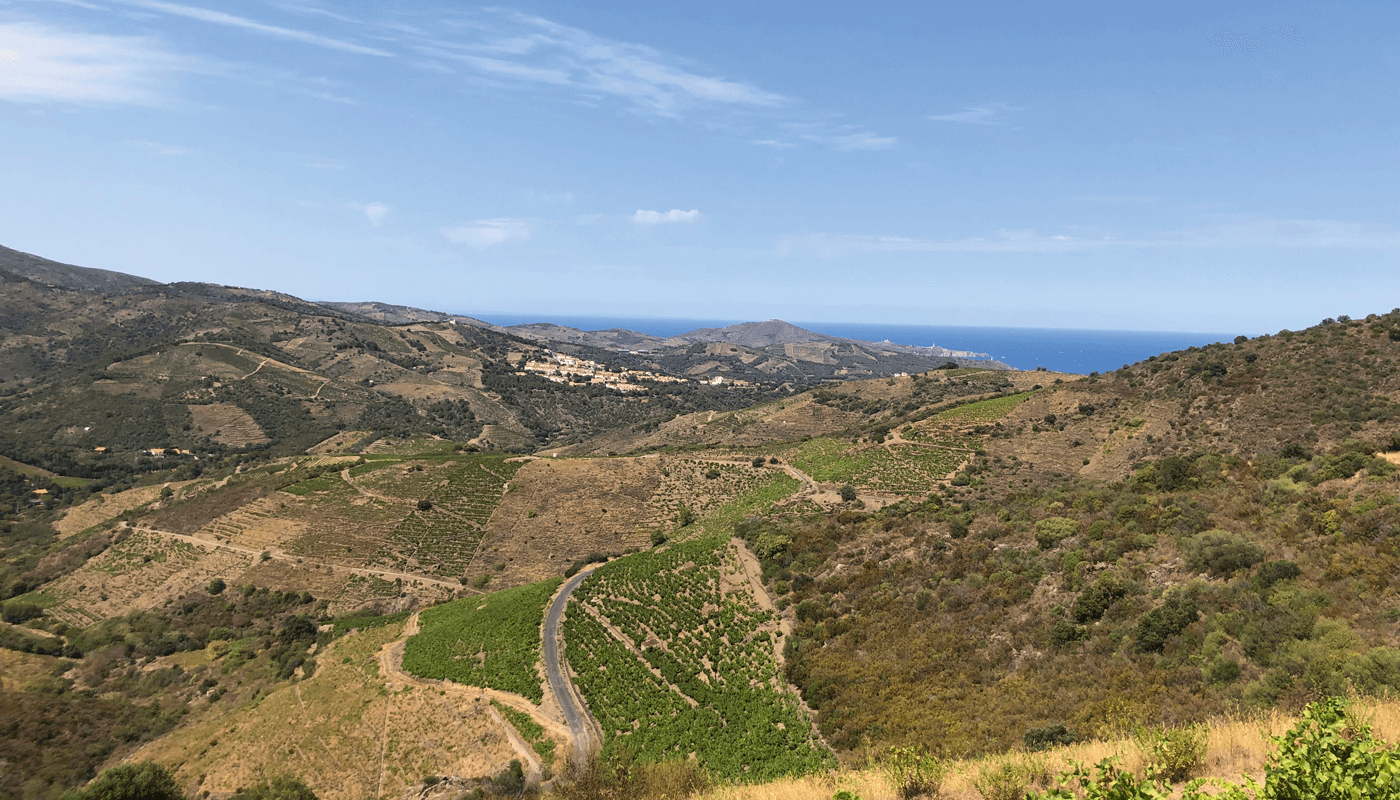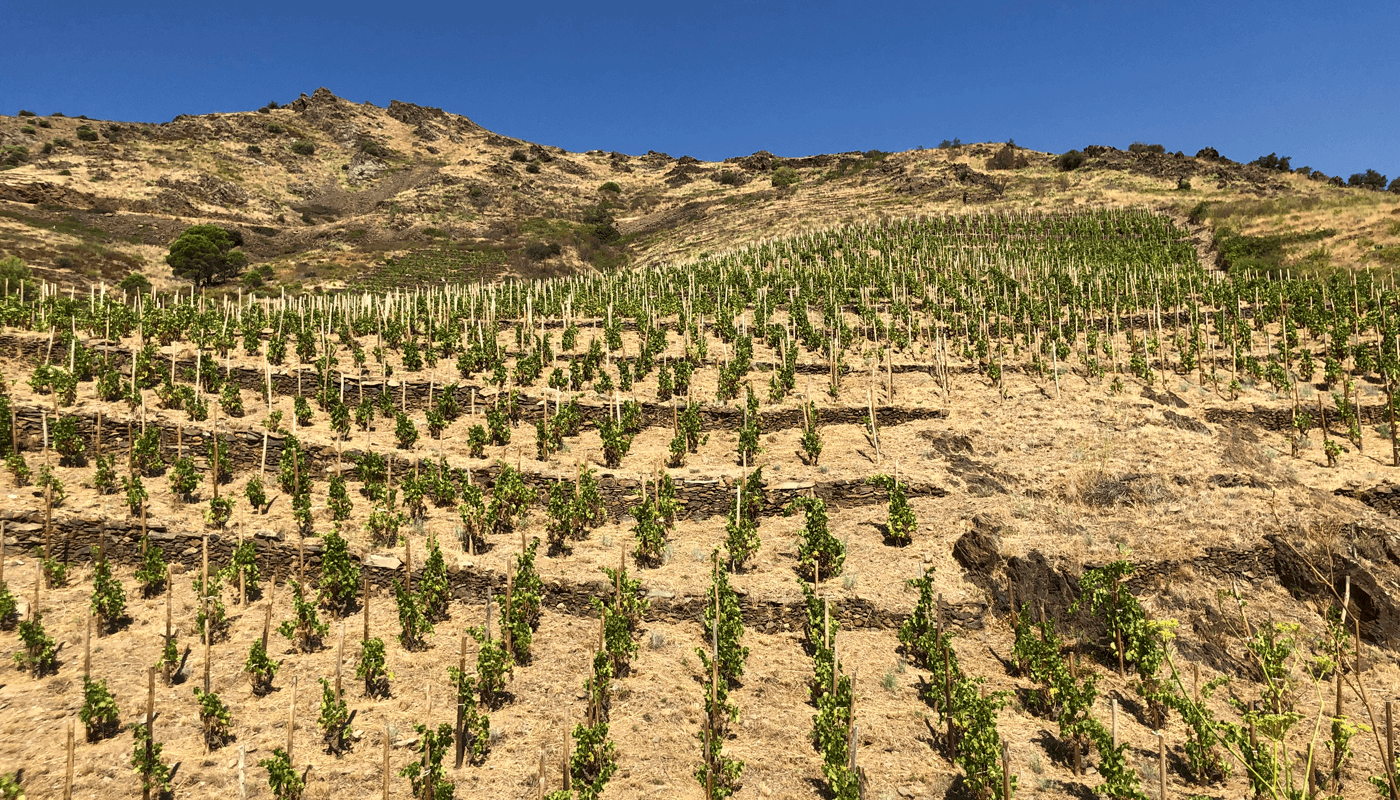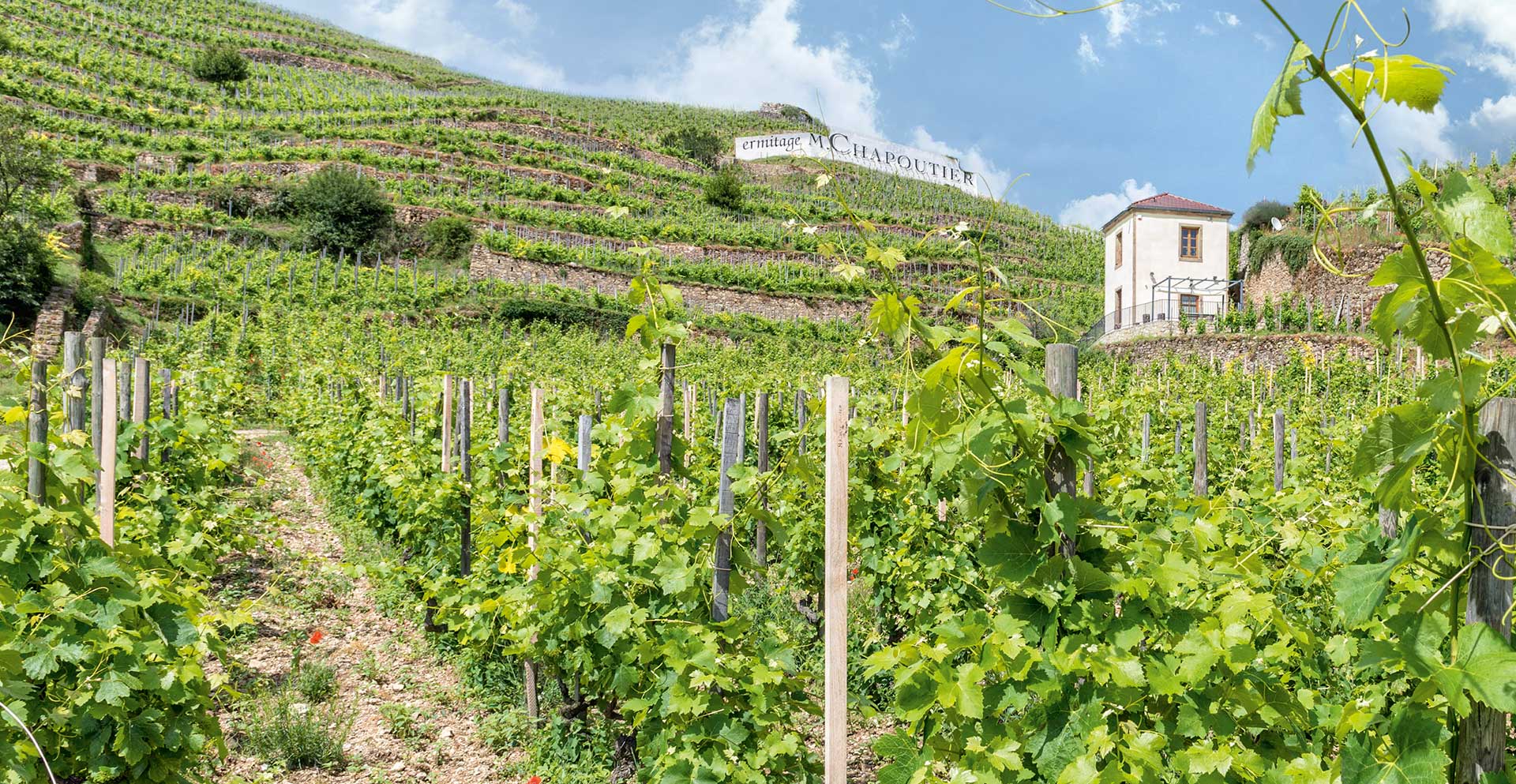Biodynamics saves the season in Roussillon in 2021
In the vineyard
14 February 2022

Biodynamics saves the day
While most French regions broke rainfall records this season, Roussillon, often on the fringes weatherwise, suffered the most severe drought in the last 10 years, with barely 200mm over the whole season. Winter, as always in Eastern Pyrenees, is mild and our pruning crews are not bothered by the rain. However, although monthly temperatures are mild, it freezes more often than usual in January and February.
Because of the cold winter, budburst came late. In April, a black frost is cutting its icy way across France. But in Roussillon, the white frost in the plains and the bottom of the valleys affects just a few of our plots. Indeed, the whole Domaine is in the upper reaches of the Agly Valley.
The cool weather continues late spring, suggesting a late harvest. However, flowering went well, with very little coulure on the Grenache noirs. This variety, which is omnipresent in Roussillon, is very sensitive to climatic coulure: the absence of fertilisation of the flowers in rainy weather leads to the fall of the grapes. All of this points to a good harvest, but water reserves in the soil in short supply. The summer is not as hot as the last five years, with average temperatures below 3°C, and there are no scorching-hot days (over 40°C) this summer. And this is no bad thing, given the lack of water! Again, the season here runs counter to the rest of the wine-growing regions: the lack of water, combined with biodynamic practices, avoids any cryptogrammic pressure and we bring in a perfectly healthy crop.
So, it all hinges on the lack of water. Fortunately, biodynamic compost, fermented forest litter intended to invigorate the soil, and horn dung, allow us to produce an average harvest in terms of quantity, at a time when Roussillon is recording the smallest harvest in its history.
The 2021 harvest was the latest in recent years, one to three weeks later than average. This is what saved us. At the end of August, the vines were at a standstill and the bunches were starting to wilt. Finally, at the beginning of September, the sky spilt open, producing nigh-on 80mm of water! As they dried out, the grapes reached 13°C, with excessive acidity and unripe skins. The rain brought the alcohol level down two points. In practical terms, the grains rehydrate, but thanks to the perfect health and late ripening of the grape skins, we did not suffer any bursting following this episode.
We just had to wait for ripening, between the second half of September and the beginning of October. The late ripening, without excessive heat, has produced a very fine vintage, which is tannic, fruity and mineral.


